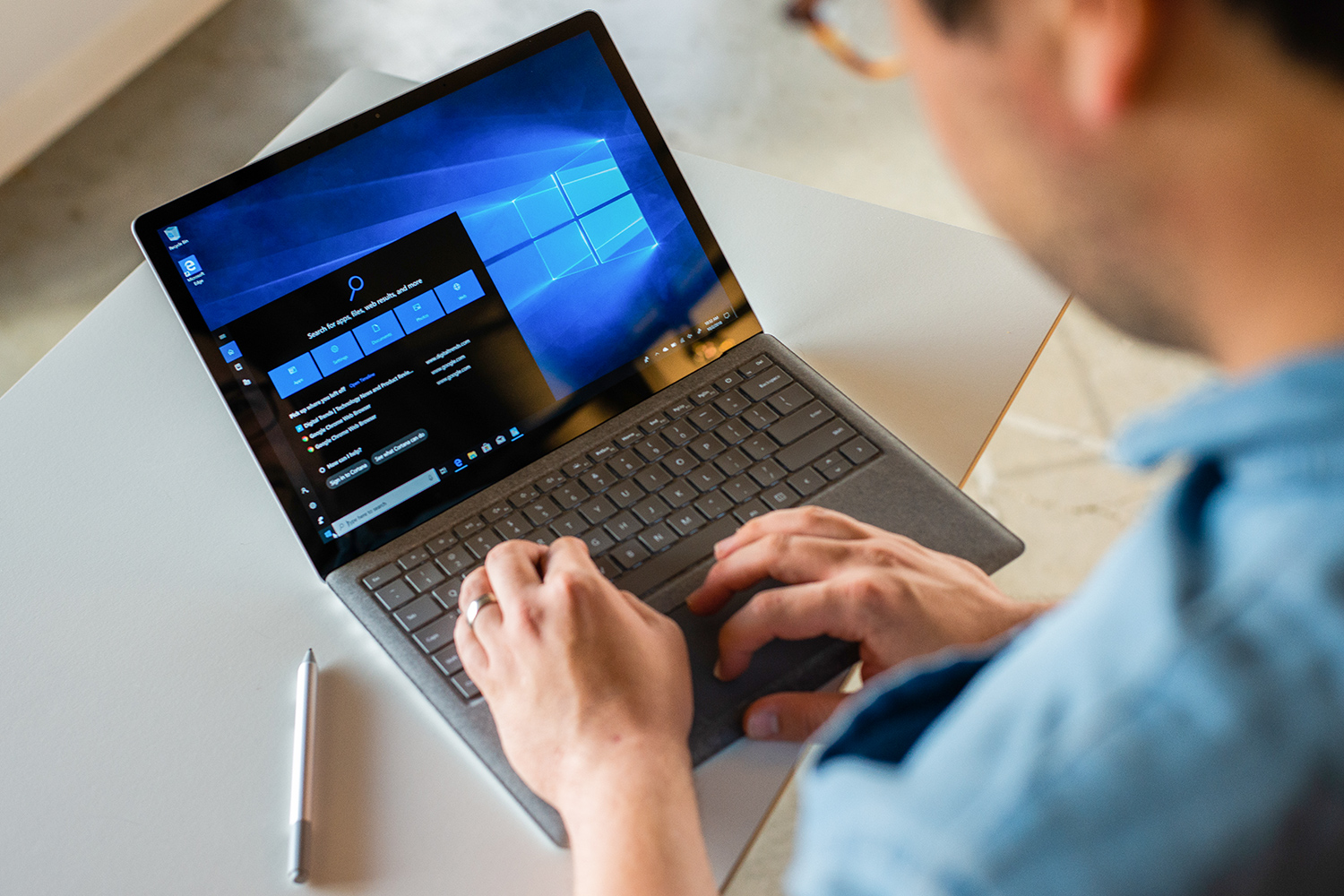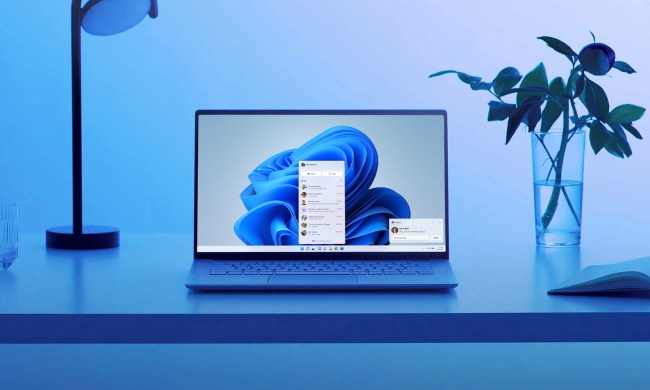
While you’re waiting for the next big update of Windows 10 to arrive in May, you might want to start cleaning out some disk space. The upgrade may require up to twice as much storage space on your PC.
According to a Microsoft advisory, the new version of Windows 10 — version 1903 — will require 32 GB or more of space to be installed. This is twice as much as was required for the 32-bit version of Windows 10 in its previous version 1809, which required 16 GB of space.
The new larger storage requirement applies to both 32-bit and 64-bit versions of Windows, and to the Home, Pro, and Enterprise versions.
While most modern PCs should have plenty of storage space to handle 32 GB of Windows files, this could be a problem for users on older machines, especially those using smaller solid state drives rather than the typically higher capacity (but slower) hard disk drives.
Even those with large capacity hard drives will likely be unimpressed that Windows now eats up even more hard drive space. Typically users will want a hard drive capacity of at least 128 GB for the essential programs, and those who play games or use more complex programs will want up to 256 GB. That doesn’t include storage of media like audio or video files, which require even more space.
Windows specialist Paul Thurrott believes even larger disk space requirements could loom in Windows’ future: “Given the way storage is trending, I’m surprised it took so long to get to 32 GB,” he said on his website. “And I see a 64 GB minimum happening in the near future.”
With the update looming in the next months, if you’re running low on disk space you might want to consider upgrading to a larger solid state drive. Unfortunately you really shouldn’t skip the update to the new version of Windows 10 as updates include essential security tweaks without which your computer is vulnerable to cyber attacks.
But this is yet another marker in the saga of Windows 10 updates which will not endear Microsoft to its customers, following an update last October which broke some users’ machines and a confusing system in which some users unknowingly opted into beta testing of new software.



